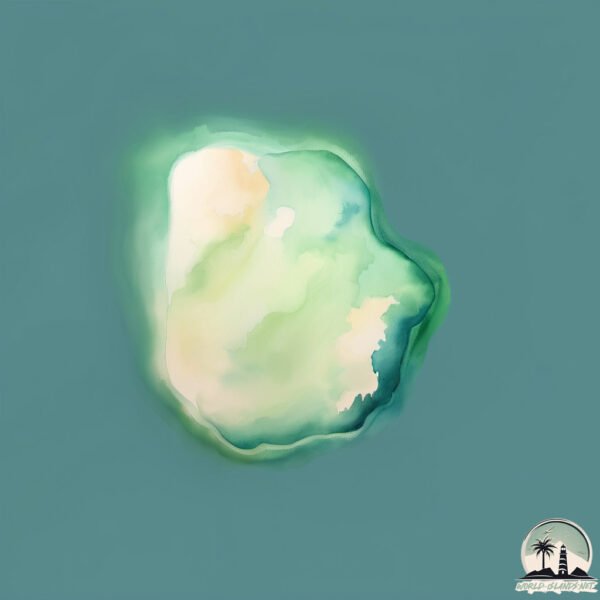Isla Grosa

Welcome to Isla Grosa, a Dry island in the Mediterranean Sea – Western Basin, part of the majestic Atlantic Ocean. This guide offers a comprehensive overview of what makes Isla Grosa unique – from its geography and climate to its population, infrastructure, and beyond. Dive into the details:
- Geography and Size: Explore the island’s size and location.
- Climate and Weather: Weather patterns and temperature.
- Topography and Nature: Uncover the natural wonders of the island.
- Infrastructure and Travelling: Insights on reaching, staying, and making the most of your visit.
- News and Headlines: Latest News.
Geography and size of Isla Grosa
Size: 0.181 km²
Coastline: 1.6 km
Ocean: Atlantic Ocean
Sea: Mediterranean Sea – Western Basin
Continent: Europe
Isla Grosa is a Tiny Island spanning 0.181 km² with a coastline of 1.6 km.
Archipel: –
Tectonic Plate: Eurasia – One of the world’s largest tectonic plates, the Eurasian Plate covers a significant portion of Europe and Asia. It’s characterized by diverse geological features, including the Ural Mountains, the European Plain, and the Himalayas formed from its collision with the Indian Plate.
The geographic heart of the island is pinpointed at these coordinates:
Latitude: 37.72772428 / Longitude: -0.70744733
Climate and weather of Isla Grosa
Climate Zone: Dry
Climate Details: Hot Semi-Arid (Steppe) Climate
Temperature: Hot
Climate Characteristics: Features hot summers and mild to warm winters. Receives more rainfall than hot deserts but less than tropical savannas, leading to a somewhat more varied landscape.
Topography and nature of Isla Grosa
Timezone: UTC+01:00
Timezone places: Europe/Paris
Max. Elevation: -10 m
Mean Elevation: -10 m
Vegetation: Open Woodland
Tree Coverage: 98%
The mean elevation is -10 m. Remarkably, this unique island barely emerges above the sea level, showcasing nature’s fascinating interplay with the ocean. The island is characterized by Plains: Flat, low-lying lands characterized by a maximum elevation of up to 200 meters. On islands, plains are typically coastal lowlands or central flat areas.
Dominating Vegetation: Open Woodland
Characterized by sparsely distributed trees with open canopy allowing sunlight to penetrate, supporting grasses and shrubs underneath. Often found in drier or transitional environments. Isla Grosa has a tree cover of 98 %.
Vegetation: 2 vegetation zones – Low Diversity Island
Islands with two distinct vegetation zones offer slightly more ecological variety. These zones could be due to differences in elevation, moisture, or other environmental factors. While still limited in biodiversity, these islands may offer a contrast between the two zones, such as a coastline with mangroves and an inland area with grassland.
Infrastructure and Travelling to Isla Grosa
Does the island have a public airport? no.
There is no public and scheduled airport on Isla Grosa. The nearest airport is Región de Murcia International Airport, located 47 km away.
Does the island have a major port? no.
There are no major ports on Isla Grosa. The closest major port is ISLAS HORMIGAS, approximately 10 km away.
The mean population of Isla Grosa is 497 per km². Isla Grosa is Moderately Inhabited. The island belongs to Spain.
Continuing your journey, Isla de Formentera is the next notable island, situated merely km away.
Spain is classified as Developed region: nonG7: Developed economies outside of the Group of Seven, characterized by high income and advanced economic structures. The level of income is High income: OECD.
News – Latest Updates and Headlines from Isla Grosa
Stay informed with the most recent news and important headlines from Isla Grosa. Here’s a roundup of the latest developments.
Please note: The data used here has been primarily extracted from satellite readings. Deviations from exact values may occur, particularly regarding the height of elevations and population density. Land area and coastline measurements refer to average values at mean high tide.
